Popular on Food52
12 Comments
Mindy S.
February 26, 2016
As lovely as the photos look, the recipe was very disappointing. I'm a newbie at marmalade and I wish the recipe focused on making small slender pieces of orange rind because I have huge pieces of orange in my marmalade and it looks not so attractive. Also, it helps to say what the ideal cooking temp is to remove from the stove. I nearly burned my hand trying to get the thermometer to register the temp. This recipe was just not a good one. The taste is good but I had to add pectin to get the mix to congeal. I'll find another easier recipe.
Bee671
May 1, 2012
I made this over the weekend and have been enjoying it ever since! Certainly the best marmalade I've tasted to date. And, it makes great gifts! Thanks for the great post!
Bee671
May 1, 2012
I made this over the weekend and loved it! Certainly the best marmalade I've tasted to date. Plus, it makes a great and unique gift! Thanks for the post!
Panfusine
April 27, 2012
I'm up to my neck in home made marmalade I hope the valencia oranges don't go out of season by the time I finish my stash. I still have about 8 - 10 bottles of my cardamom/ginger flavored mayer lemon marmalade & 5 citrus marmalade from the CP testing that is gradually getting polished off in due course..
AntoniaJames
April 30, 2012
Panfusine, that Meyer lemon + cardamom + ginger sounds so delicious! What recipe do you use? I'd love to make that!! That flavor combination would be wonderful for the watermelon rind pickles I plan to make when the time comes. My sister, SallyCan, sent me a jar of watermelon pickles with Meyer lemon and cloves, which to my mind are perfection in a jar. Would love to make that marmalade, too! ;o)
Panfusine
April 30, 2012
I adapted it from a recipe from epicurious.com (the ginger & cardamom were my own addition). I'll post the recipe.
AntoniaJames
April 27, 2012
I just posted a comment on the recipe for this. I made a batch, finishing the process early this morning, before work. Utterly delicious. And so easy. (I especially appreciate that i could pick up the oranges/lemons after work on Wednesday, do Step 1 that evening, easily, do Step 2 last night after dinner, easily, and then finish it before going to work this morning, easily.) This recipe is a gem. I simply adore this marmalade Thank you, Rachel! ;o)
Brain H.
April 25, 2012
I have always wanted to make marmalade, and Rachel you make it sound pretty straightforward. I have not seen Valencia oranges at my grocery in a few weeks, so I'm wondering if Cara cara oranges would work? Could you also substitute ruby red grapefruit, or is that a whole other deal? Maybe I need to get the Blue Chair Jam Cookbook!
AntoniaJames
April 25, 2012
Going out to hunt for Valencias during my lunch break, so I start a batch of this tonight! Oh, I cannot wait. Rachel, I had the pleasure of attending one of your classes. These instructions are almost (but not quite) as good as being right there in your kitchen. Thank you so much for sharing this wonderful recipe with FOOD52! ;o)
aargersi
April 25, 2012
I have and love the Blue Chair Jam book, and now I am inspired to take on the 3 day marmalade!!!!

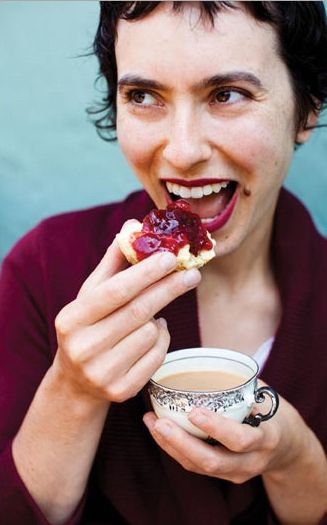
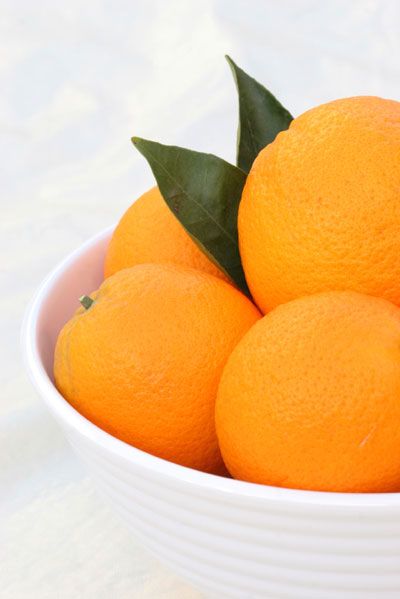
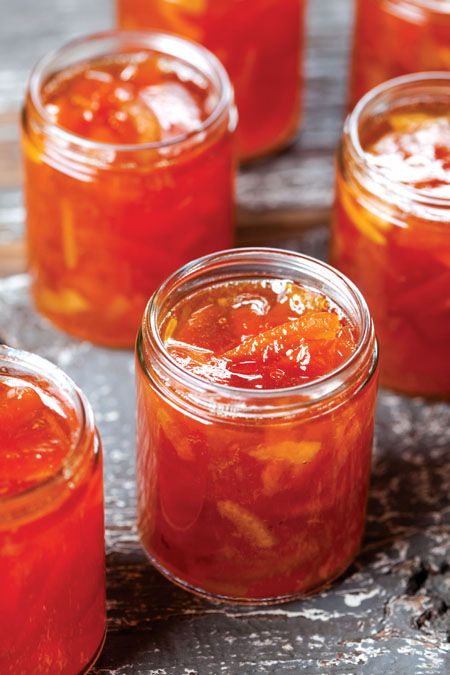
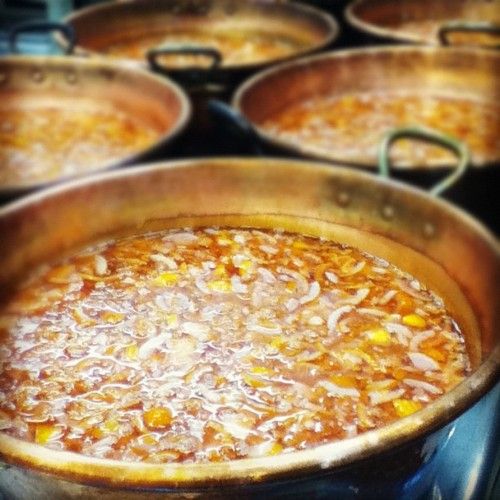
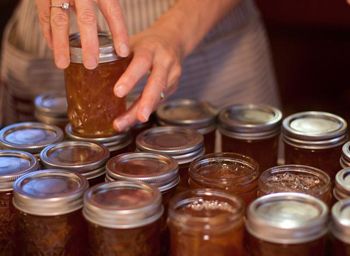

See what other Food52 readers are saying.